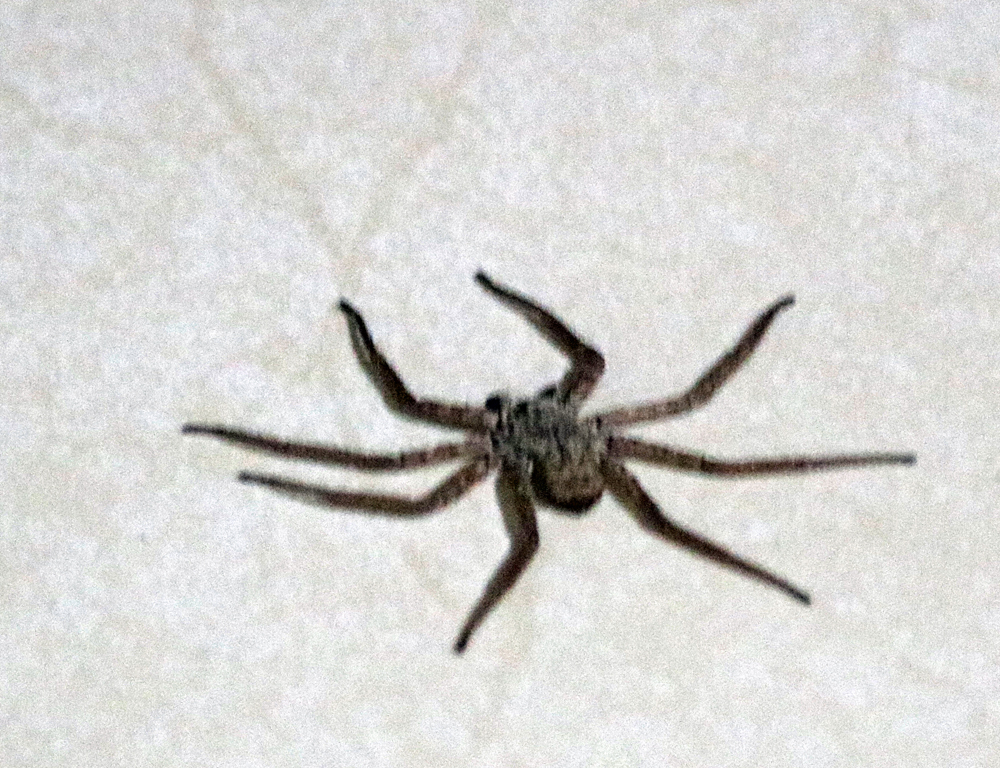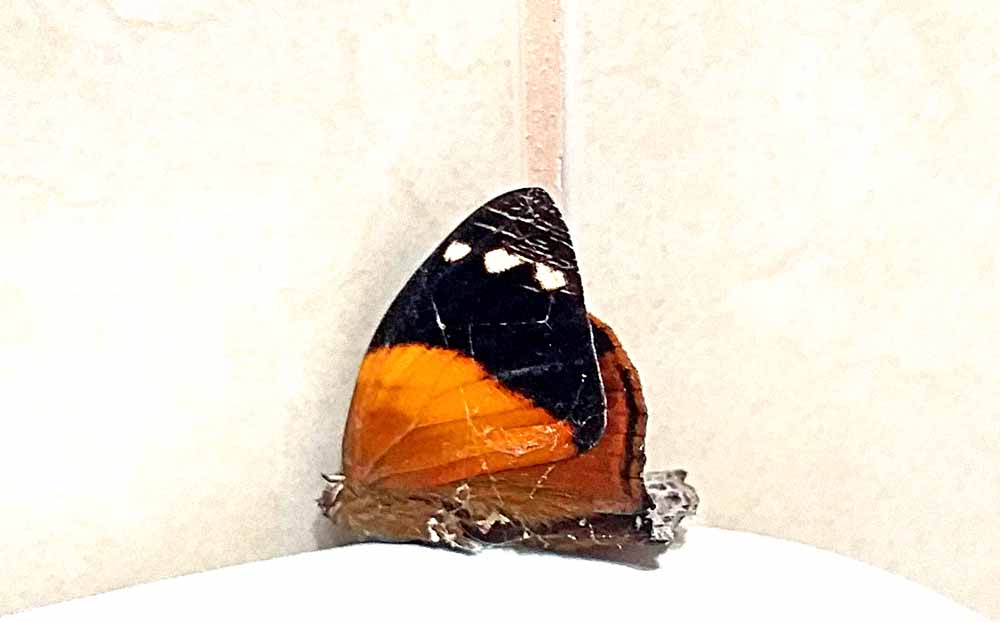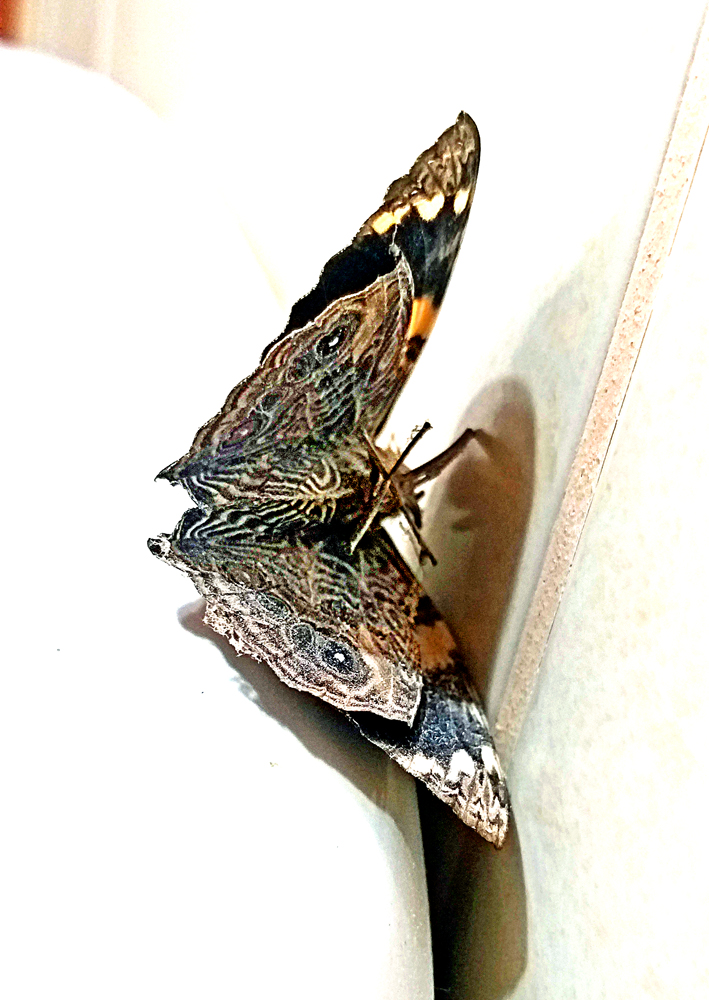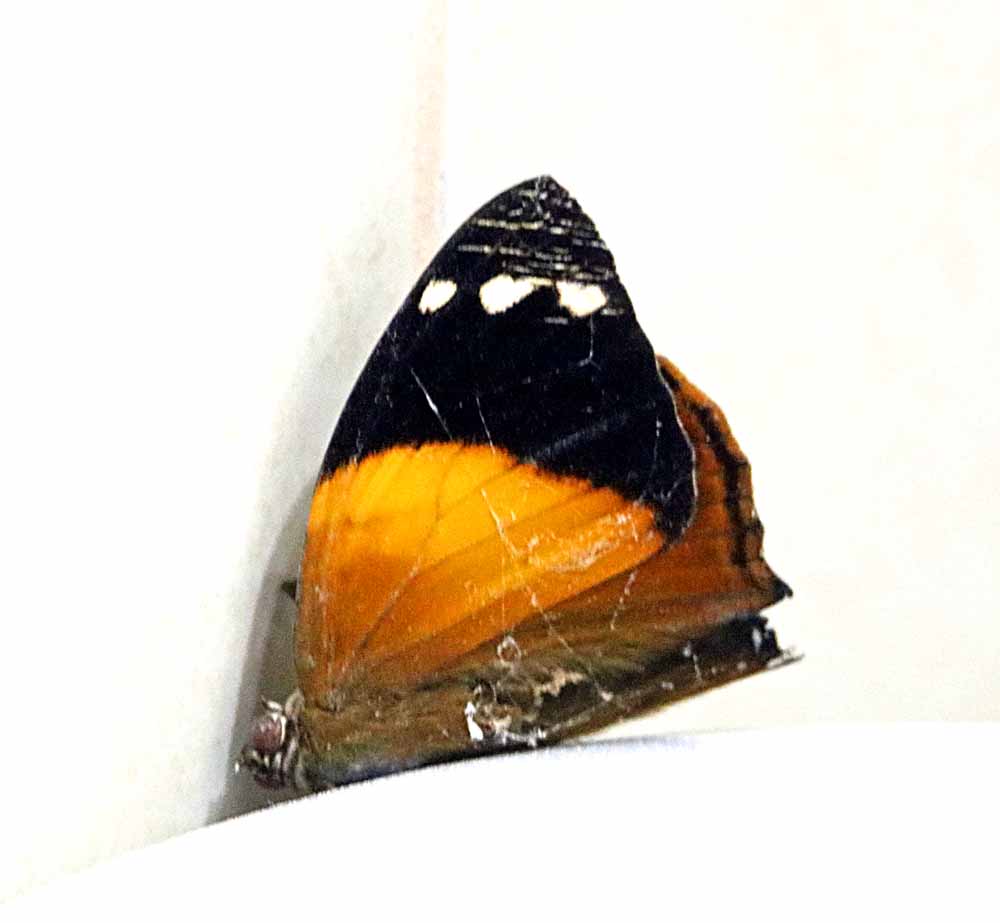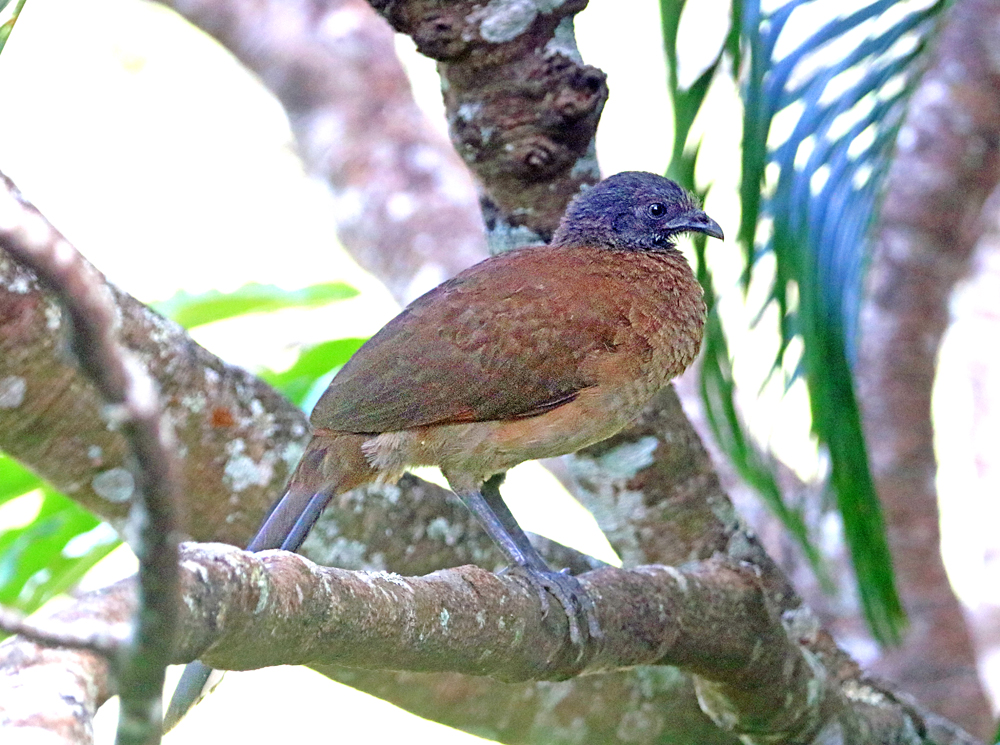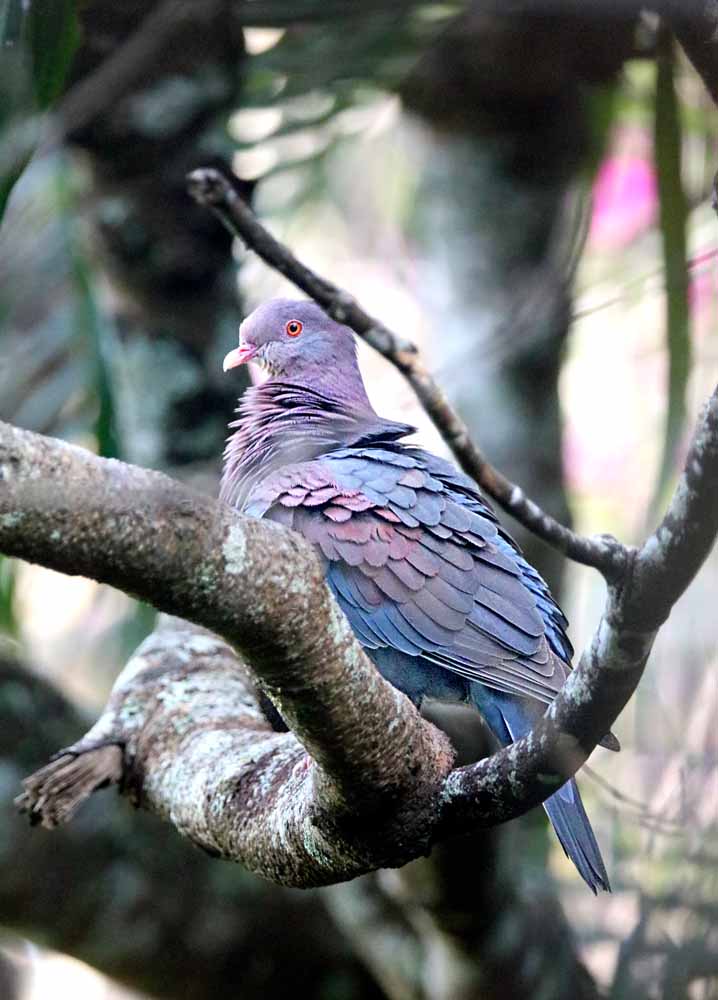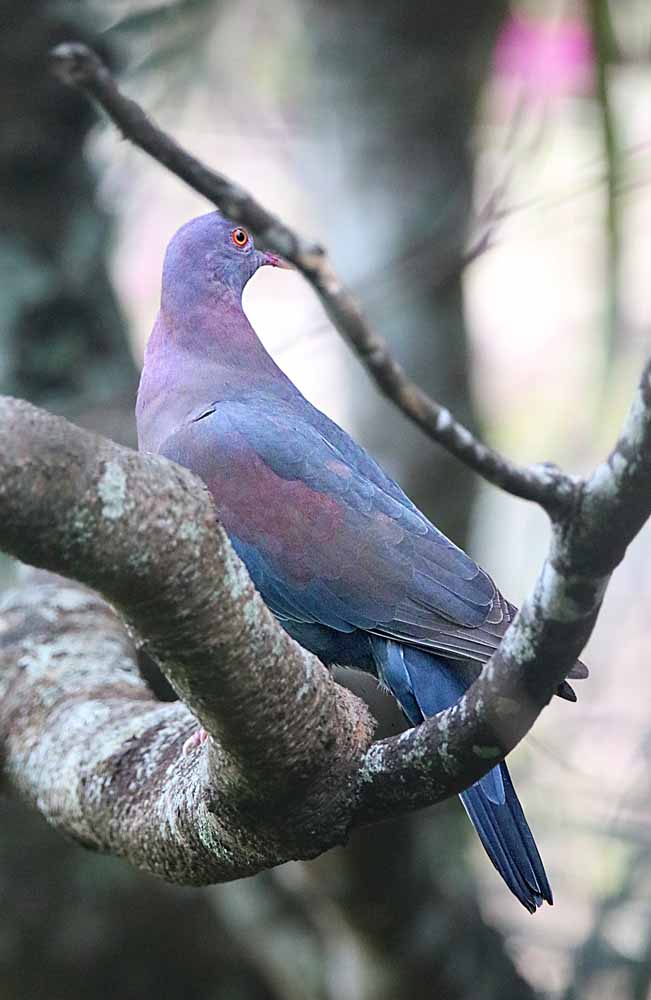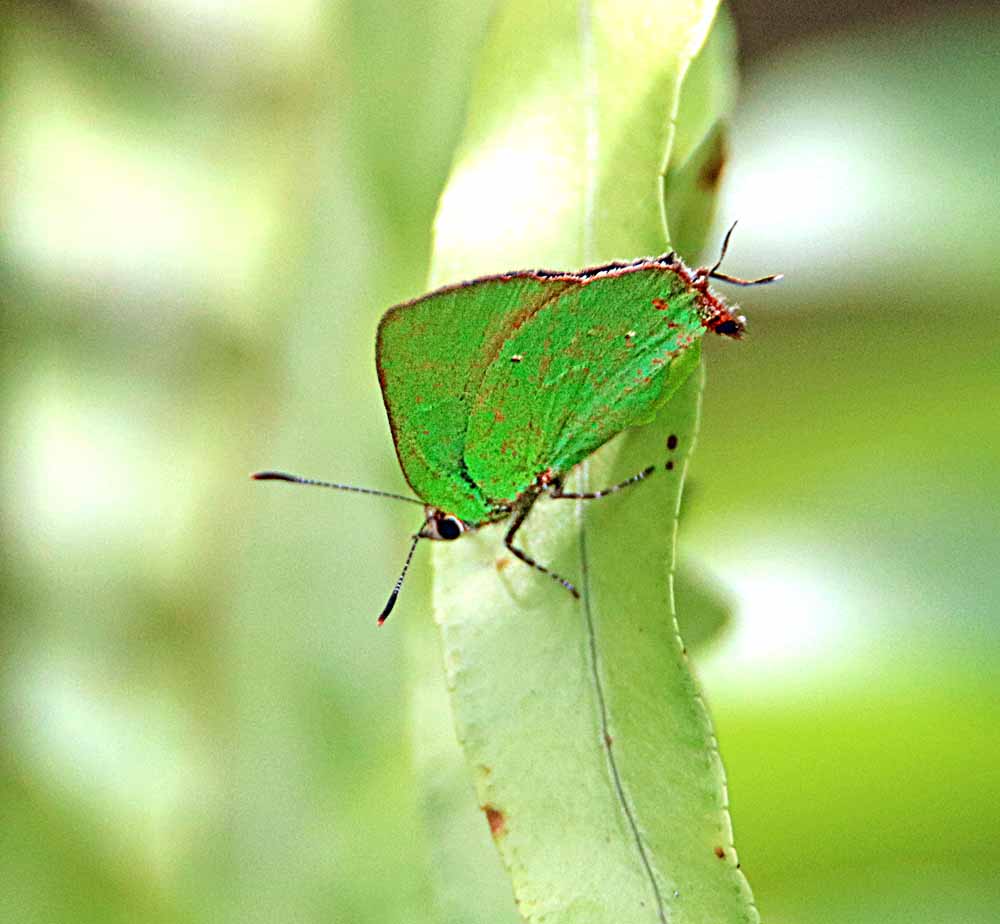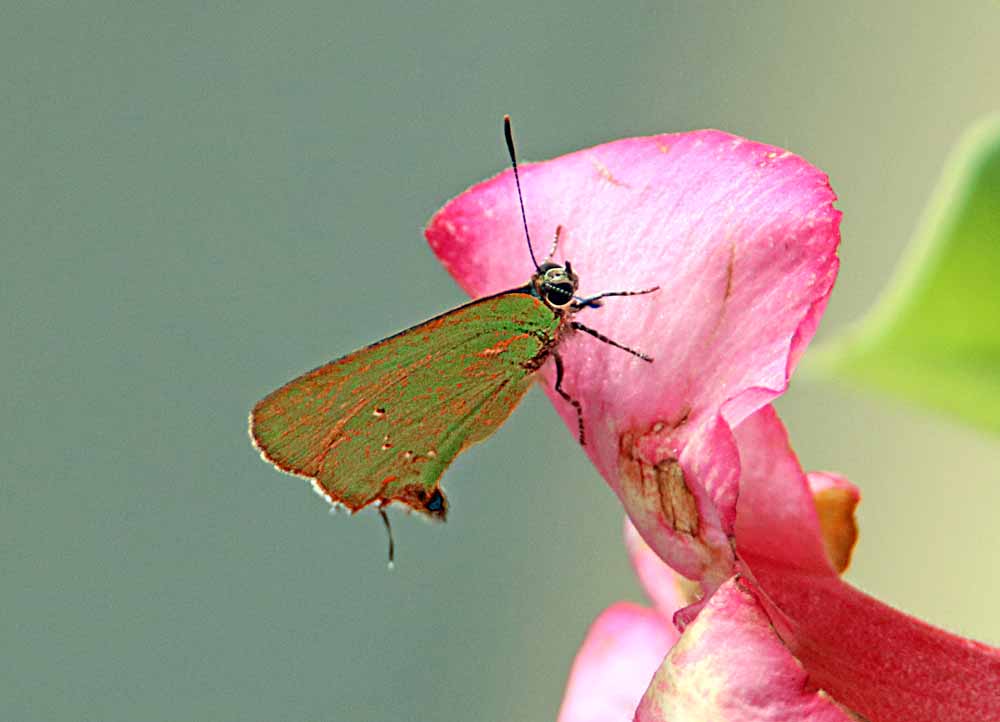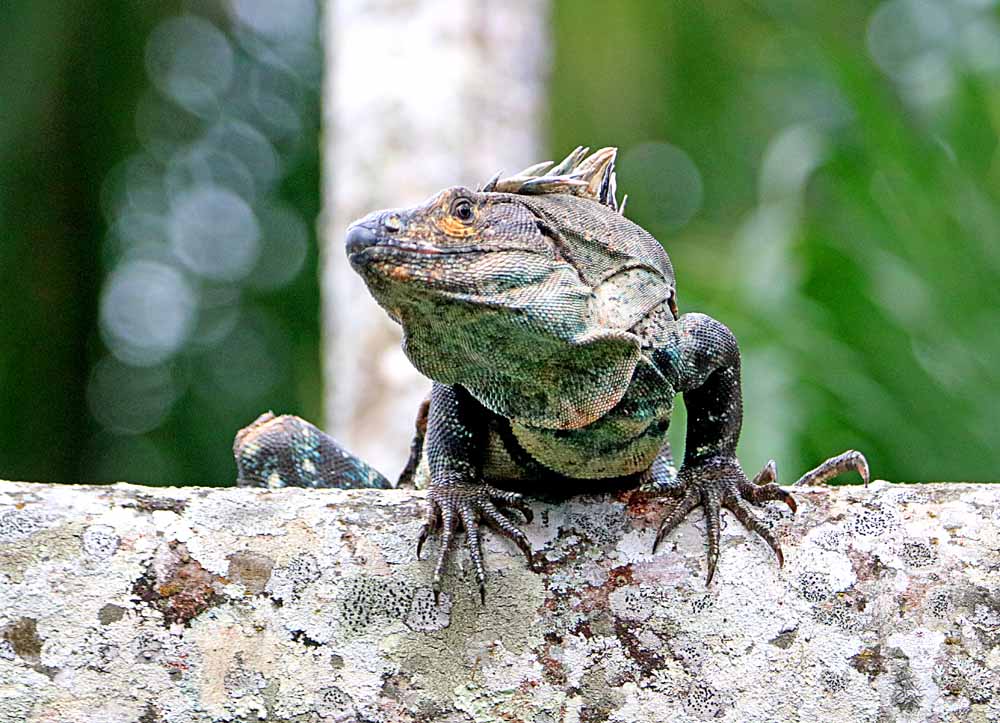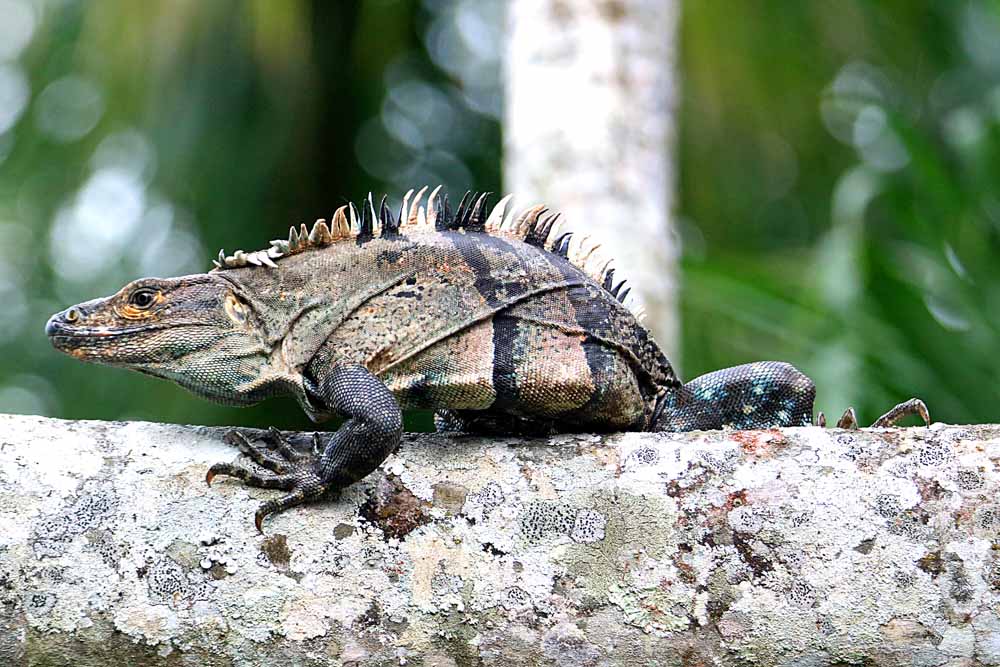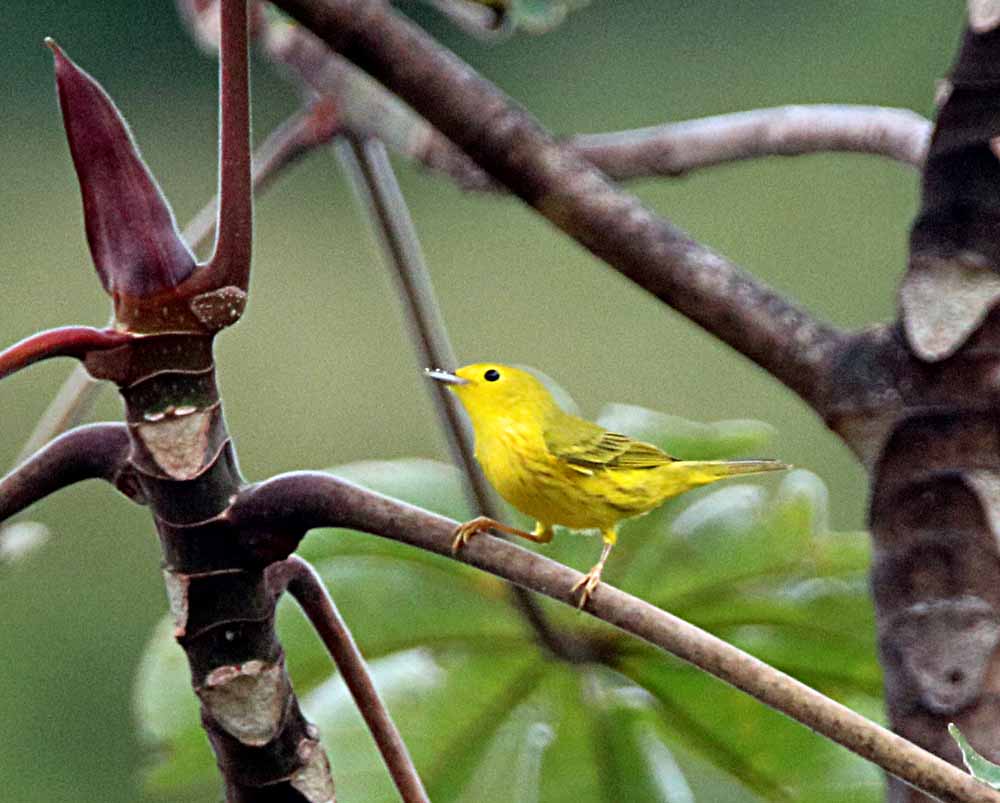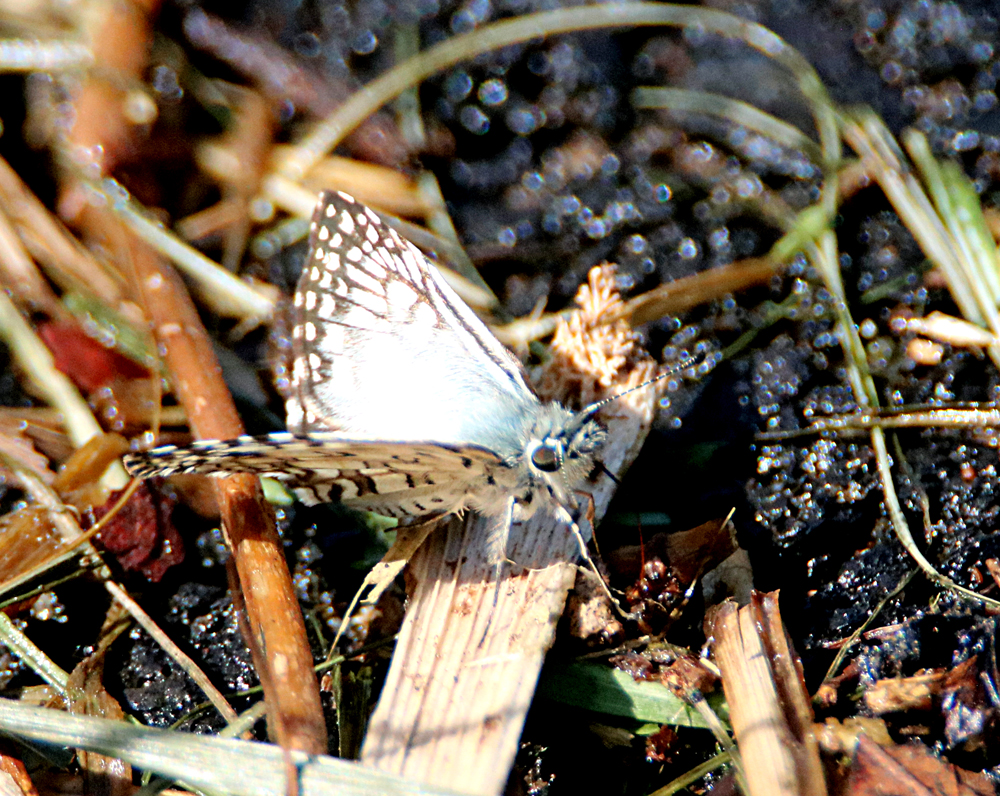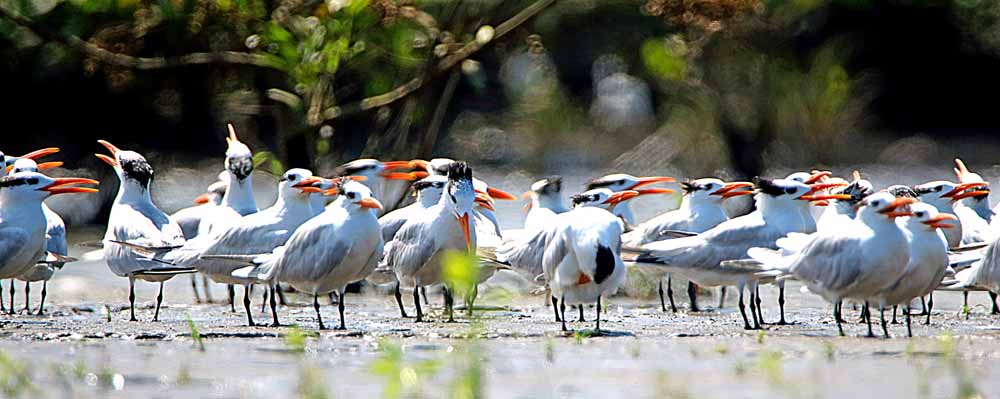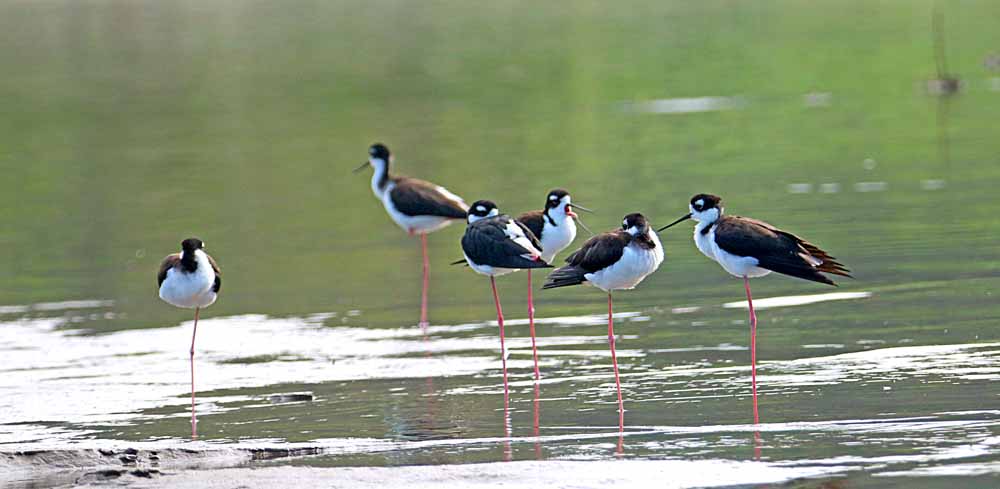It makes 379 species of birds photographed in Costa Rica and with that many it is becoming rare to find a new species anywhere, especially so close to home. Hotel Colinas del Sol is just about three or four blocks from my house and while my BC Canadian friends were visiting in January I was over there 2 or 3 times. One of those times when I had my camera, Margaret noticed first this Blue & White Swallow, Pygochelidon cyanoleuca (eBird link), on the wall of a carport by one of the houses they rent out. It was overcast, no good light, and thus not a good photo, but useful to say that I added one more species to my collection! 🙂 AND NOTE that this is a South American bird that gets no further north than Costa Rica! 🙂 There are so many birds here that you never know what you will see next or where! And though my CR bird count will continue to grow much slower than in those early years here, I believe it will continue to grow with who-knows-what coming next! 🙂
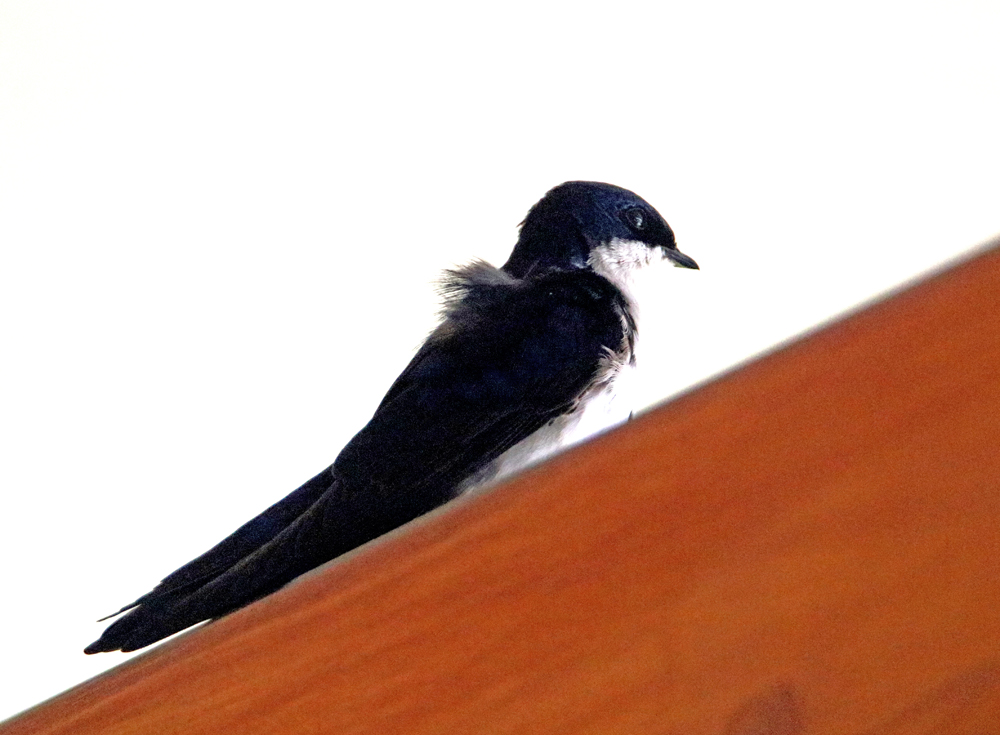
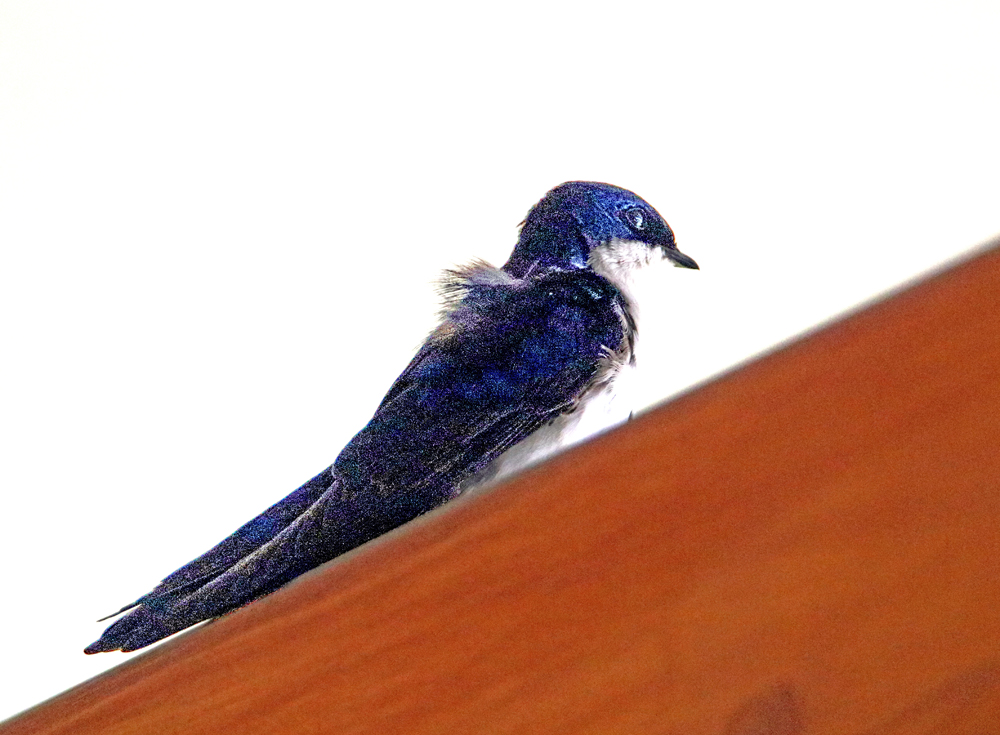
¡Pura Vida!
And oh yeah, if you are interested in swallows. there are three others that I see here with the Mangrove being the most common. See those in their photo galleries at:
- Mangrove Swallow gallery
- Southern Rough-winged Swallow gallery
- Northern Rough-winged Swallow gallery


